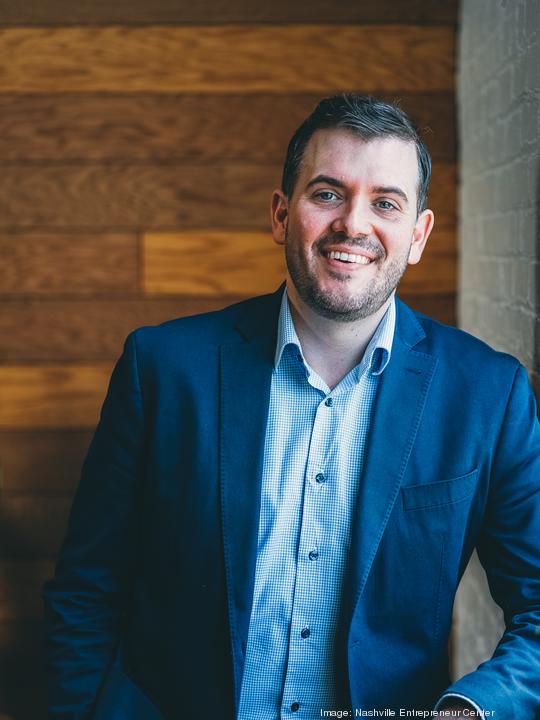
Starting a business can be a complicated process, full of opportunities for entrepreneurs to make costly mistakes. Luckily, Nashville has dozens of resources to help aspiring business owners through the startup maze, including the Nashville Entrepreneur Center.EC Chief Operating Officer John Murdock provided a few steps every entrepreneur should consider before turning their big idea into a small business.
What is the problem you’re trying to solve?
Most entrepreneurs start with a product or service they are passionate about, Murdock said, but haven’t thought deeply enough about the need in the marketplace for that product or service.
Instead of thinking of a solution first, entrepreneurs should focus on the problem or unmet need they are trying to solve, he said.
“If you’re talking to an investor, or an adviser or mentor, they’re going to want to know up front: ‘What is the need you’re filling?’ before they hear about how you’re filling it,” Murdock said. “Otherwise, they’re going to kind of tune out. You can tell when an entrepreneur gives a pitch, if they get a bunch of questions afterwards about, ‘What is the customer need for this thing?’ they’ve missed the boat from the start.”
Murdock said entrepreneurs should vet the need for their product or service by talking to customers. Specifically, there should be “early adopters” — someone who has the problem you are trying to solve and is trying alternative solutions, but is still dissatisfied — an entrepreneur can survey. If those early adopters don’t exist, the entrepreneur’s idea may not be needed. If they do, there could be a market ready to buy, Murdock said.
Create a minimum viable product
After identifying the problem, entrepreneurs should create a minimum viable product (MVP) — the minimum version of the product they’re creating that a person can utilize — or a way to vet that the solution they have is the solution people need, Murdock said.
They best way to do that is to run “small tests,” he said, measuring the results and making changes based on what you learn.
“The [MVP] performs the basic service that you want to do and it does it in a way that’s probably horrifying to you, because you have a vision of it being beautiful in the future, and it will be but you got to get there,” Murdock said. “You test it, you make changes … and you just make significantly more investments and larger bets as you get more information.”
Get the product or service out to the customer
Figuring out how to deliver the solution to the customer, and then receiving payment, essentially establishes a company’s business model, Murdock said.
“There’s mechanisms, operations and business modeling that have to take place just to be able to figure out how customers want to buy. How do they want to hear about your product? How do they want to interact with the product? And then, how do they want to pay for it?” Murdock said. “If you can start to get those bones together, then you have the framework for a business. Everything else is built off of that.”
With that framework, entrepreneurs can begin thinking about building sales, hiring a marketer and getting people to help with finances and operations, Murdock said, a process that can take years.
Investors?
Investments can be necessary — but they aren’t the goal.
Murdock said he encourages entrepreneurs not to take investments they don’t need. Success should be measured in revenue, customer experience and customer attraction, he said, not necessarily in investment dollars.
“Getting an investment is something that, if you need it, you can celebrate that you got the resources you need to fuel the business, but it’s not the success of your business,” Murdock said. “If you never need to raise a dollar to scale, then don’t.”
In the beginning, much of that depends on the founder’s financial situation. The longer the business can be bootstrapped, the easier it will be to raise capital in the future, Murdock said, and the better valuation the company will receive. Plus, investor money comes with investor expectations, he said, and that can force founders to change the way they run their company.
But if an entrepreneur does need to raise funds, Murdock said it’s important for them to understand their goals and what is needed to hit the next milestone.



